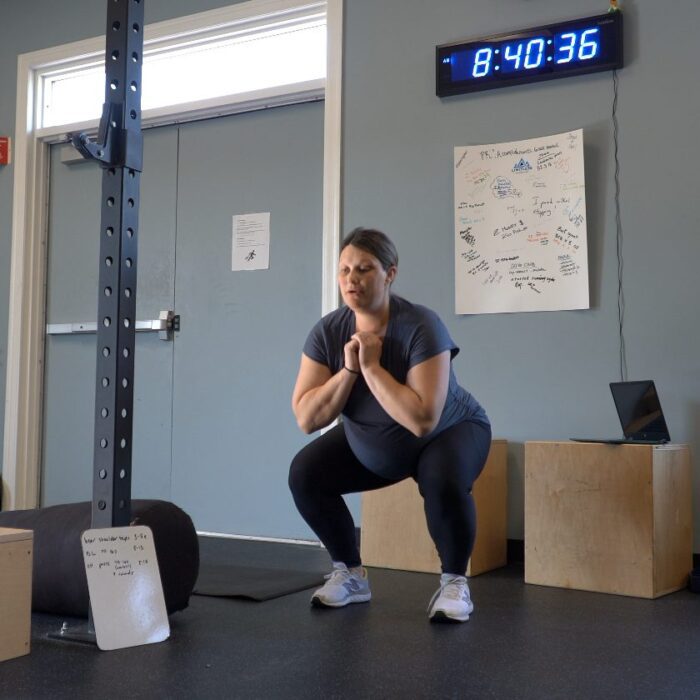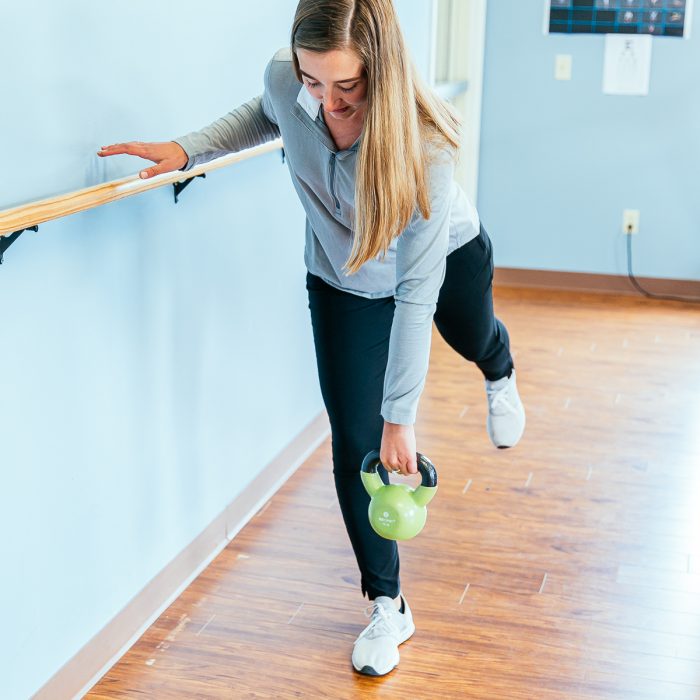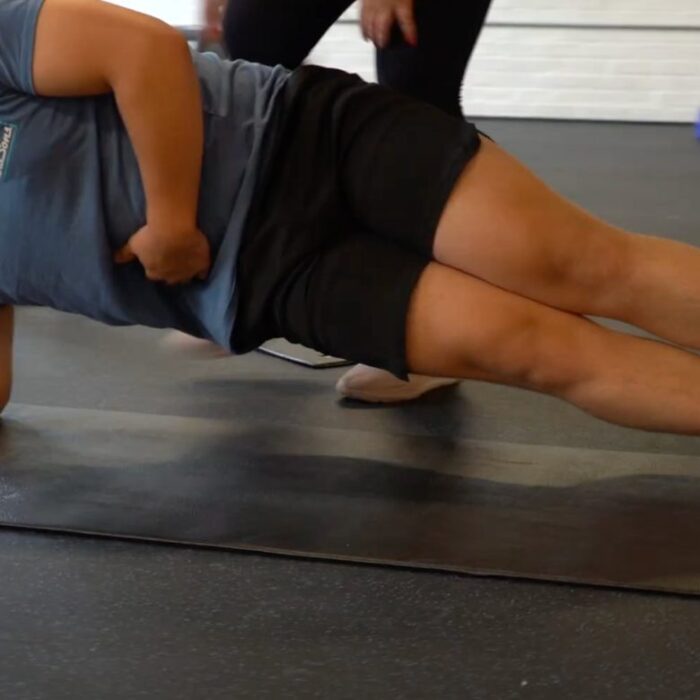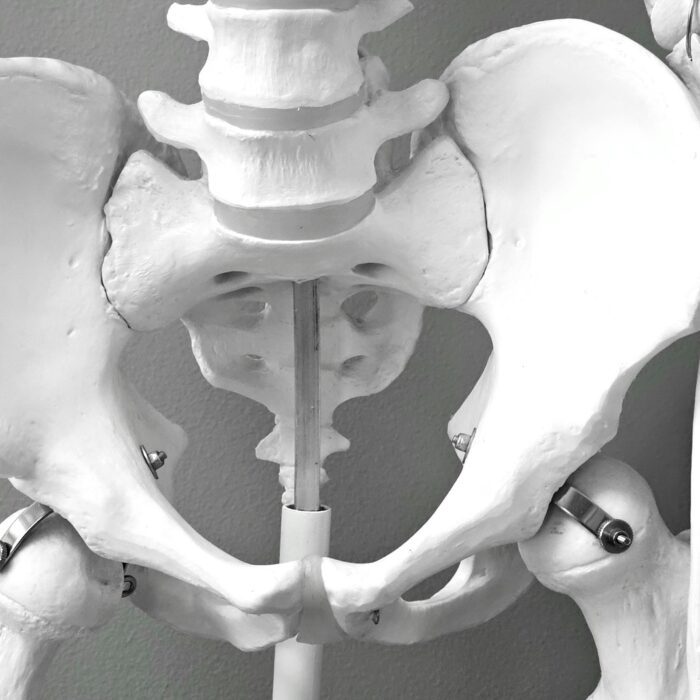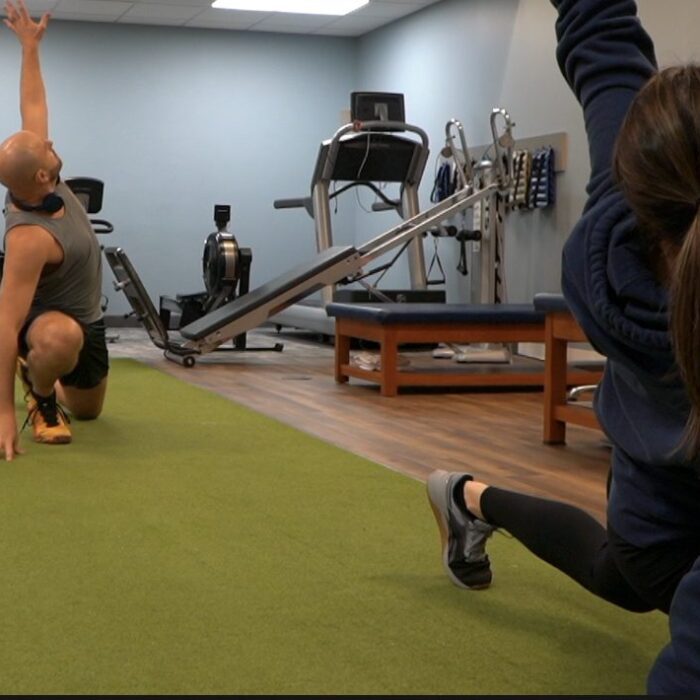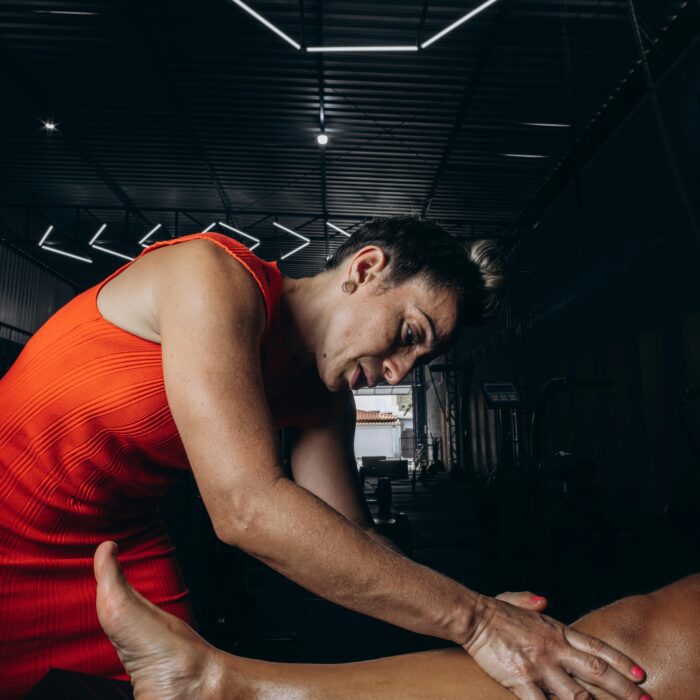Recovery after surgery isn’t just about healing — it’s about reclaiming your life. Too many patients believe the process is simple: “rest, wait, and eventually the body will fix itself.” The truth? Skipping or underestimating physical therapy can nearly double recovery time and reduce long-term mobility. Studies show patients who commit to structured therapy see faster gains in strength, confidence, and daily function compared to those who delay or rely on rest alone.
At Limitless Physical Therapy Specialists, we’ve guided over 5,000 patients across Rochester, Victor, Greece, and Cortland through post-surgical rehabilitation. Whether you’re recovering from a knee replacement, hip surgery, or shoulder repair, your experience in post surgery physical therapy can mean the difference between a slow climb back to activity or a confident return to doing the things you love with the people you love.
What to Expect in Post-Surgery Physical Therapy
Q: What happens at my first post-surgery physical therapy session?
During the first visit, your therapist will:
-
Review your surgical notes and medical history.
-
Assess the healing surgical site and incision.
-
Measure your baseline range of motion, strength, flexibility, and gait.
-
Observe movements like walking, sitting, or standing to identify compensations.
-
Begin gentle, safe mobility exercises to prevent stiffness and scar tissue buildup.
You’ll also discuss pain management strategies, recovery goals, and home exercise assignments. Contrary to what many expect, therapy isn’t designed to hurt. While some soreness is normal, pain that feels sharp or intolerable is not part of healthy progress.
Common Misconceptions We Hear at Our Clinics:
-
“PT is only for after surgery.” In reality, therapy helps with sports injuries, chronic pain, balance issues, and pelvic health.
-
“If I’m sore, that means therapy is working.” Mild soreness can happen, but pain that limits function is counterproductive.
-
“I’ll need therapy forever.” The goal is independence — building strength, mobility, and confidence so you don’t need us long-term.
-
“The therapist fixes me.” Recovery is a partnership; home exercises are just as critical as in-clinic sessions【midstateortho】.
Takeaway: Your first session is a roadmap, not a mystery. You’ll leave knowing exactly what to work on, how to measure progress, and what milestones to aim for.
Post-Surgery Physical Therapy Timeline: Milestones for Recovery
One of the most common questions our Rochester patients ask is simple: “How long is post surgery physical therapy?” The answer depends on the type of surgery, your age, and your overall health. But here’s a typical timeline with week-by-week expectations:
| Surgery Type | Typical PT Duration | Key Milestones |
|---|---|---|
| Knee Replacement | ~12 weeks (ongoing strengthening longer) | Weeks 0–2 pain/swelling control → Weeks 2–6 mobility and light strength → Weeks 6–12 functional activity |
| Hip Replacement | 3–6 months (full recovery up to 1 year) | Early mobility within days → steady gains over 6 months |
| Shoulder Surgery | 3–6 months (complex repairs up to 1 year+) | Sling reduction 6–8 weeks → strength building by 3 months → advanced mobility by 6 months |
Generalized Milestones (any surgery):
-
Weeks 0–2: Focus on pain and swelling control, gentle range of motion, and circulation exercises.
-
Weeks 2–6: Improved mobility, light strengthening, and return to basic daily activities.
-
Weeks 6–12: Functional strengthening, improved balance, and low-impact activity.
-
Months 3–6+: Higher-level activities (sports drills, advanced strengthening, job-specific tasks).
Who recovers faster?
-
Younger athletes often progress ahead of schedule due to baseline strength and tissue health.
-
Older adults may require longer rehab with a slower, more gradual build to restore confidence and prevent reinjury.
Takeaway: Timelines provide structure, but recovery is personal. If progress stalls (persistent swelling, pain beyond normal, or limited motion), that’s a sign to adjust. At our Victor and Brighton clinics, patients are reassured by frequent milestone checks to ensure they’re on pace.
Best Post-Surgery Exercises to Regain Strength and Mobility
Q: What exercises are safe after surgery?
Early on, the focus is gentle movement to protect the surgical site while preventing stiffness. Examples include:
-
Quad Sets (thigh squeezes): Helps activate muscles around the knee.
-
Heel Slides: Improves knee and hip mobility.
-
Ankle Pumps: Reduces clot risk and improves circulation.
-
Single-Leg Stance (with support): Builds early balance confidence.
-
Stationary Bike (no resistance): Restores mobility without strain.
As healing progresses, your program evolves:
-
Phase 2 (Weeks 2–6): Light resistance bands, standing balance drills, controlled squats.
-
Phase 3 (Weeks 6–12): Functional movements (stairs, step-ups), treadmill walking, core stability.
-
Phase 4 (3–6 months+): Sport-specific drills, advanced balance work, weight training progression.
Biggest Mistakes Patients Make:
-
Doing too much too soon, causing setbacks or reinjury.
-
Skipping prescribed home exercises.
-
Using improper form without feedback.
-
Avoiding movement out of fear, leading to stiffness.
Takeaway: Recovery is not about pushing harder — it’s about progressing smarter. Evidence-based protocols, like those recommended by the American Association of Hip and Knee Surgeons, emphasize phased mobility, strengthening, and balance drills.
At Limitless PT, therapists in our Greece and Cortland clinics often remind patients: “Consistency beats intensity.” The patients who stick to daily routines — even small, steady sessions — see the fastest returns to activity.
Post-Surgery Physical Therapy vs. Home Exercise: Which Is Right for You?
Here’s where many patients get stuck. They ask: “Can I just recover at home?”
Research Insight: Studies show well-structured home exercise programs can sometimes deliver similar long-term outcomes in function and pain relief compared to supervised PT — especially in younger, healthier patients.
But here’s the catch:
-
Supervised PT offers professional guidance, accountability, and form correction.
-
Home exercise offers convenience, flexibility, and lower cost.
| Aspect | Supervised PT | Home Exercise |
|---|---|---|
| Pros | Guidance, motivation, safer progression | Convenience, flexible, cost-effective |
| Cons | Time, travel, higher cost | Risk of poor form, less motivation, harder to track progress |
Q: When is home exercise safe?
Transitioning is usually safe 4–6 weeks post-surgery once patients can move independently, manage pain, and demonstrate proper technique.
At Limitless PT, we often blend both. Our in-clinic sessions build confidence and form, while the Limitless Life App provides video-guided home exercises, progress tracking, and direct therapist communication — ensuring patients stay on course between visits.
👉 Takeaway: Home programs can work, but most patients benefit from at least some supervised sessions to set the foundation. Our Rochester patients who combined in-clinic PT with app-based tracking reported faster return-to-sport and fewer reinjuries.
Patient Story: Rochester Knee Replacement Recovery
One patient came to our Brighton clinic after knee replacement surgery, fearful that therapy would be painful. After 12 weeks of consistent PT combined with home exercises via the Limitless Life App, she reported walking unassisted, climbing stairs without hesitation, and even returning to weekend pickleball. Her takeaway? “I thought therapy would hurt, but it actually gave me my confidence back.”
FAQ: Common Patient Concerns
How long does post-surgery physical therapy last?
Most knee replacements take ~12 weeks, hips 3–6 months, and shoulders 3–6 months or more.
What if I miss a session?
Consistency matters. If you miss, stay on track with home exercises until your next appointment.
Is it normal to feel pain?
Mild soreness is common. Sharp or worsening pain is not — contact your therapist if this occurs.
When can I return to sports or work?
Return depends on surgery type and milestones. Many patients resume light activities within 3 months, with sports taking longer (up to 6–12 months).
Can I just rest instead of doing therapy?
Rest alone slows healing and increases stiffness risk. Structured movement is what accelerates safe recovery.
Key Takeaways
-
Post surgery physical therapy is the fastest way to regain mobility, strength, and confidence.
-
Recovery timelines differ (12 weeks for knees, 3–6 months for hips/shoulders), but progress is structured and measurable.
-
The best exercises start small (quad sets, heel slides, ankle pumps) and evolve into advanced strength and sport drills.
-
Supervised PT provides guidance and accountability, while home programs offer flexibility. The most effective approach often blends both.
-
Limitless PT’s patients in Victor, Brighton, Greece, and Cortland consistently recover faster with expert guidance plus tech support through the Limitless Life App.
Ready to Live a Life Without Limits?
If you’re preparing for surgery or already recovering, your next step isn’t rest — it’s action. At Limitless Physical Therapy Specialists, we’ll create a personalized plan that empowers you to move without limits.
📍 Locations: Victor, Brighton, Greece, and Cortland, NY
📞 Call us today: (585) 869-5140
🌐 limitlesspts.com
Ready to live a life without limits? Let’s get you back to doing the things you love with the people you love.

